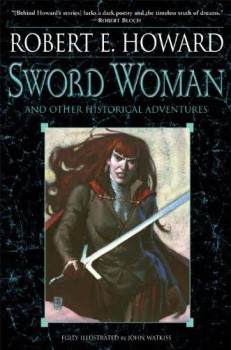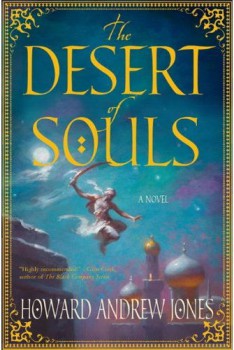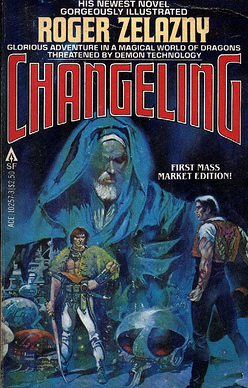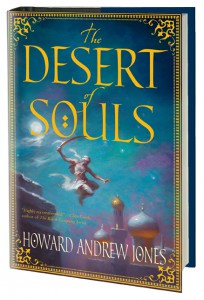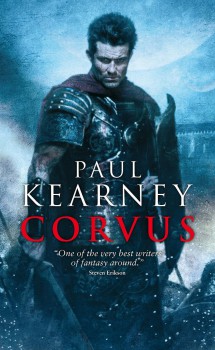New Treasures: Ben Aaronovitch’s Rivers of London
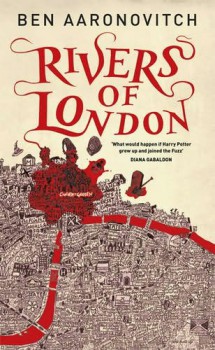 One of the great things about Amazon.com is that there are so many ways to browse. Which is rather ironic, considering that 10 years ago that’s the precise reason I confidently gave for why online booksellers would never replace local bookshops: you couldn’t browse.
One of the great things about Amazon.com is that there are so many ways to browse. Which is rather ironic, considering that 10 years ago that’s the precise reason I confidently gave for why online booksellers would never replace local bookshops: you couldn’t browse.
Yeah, well. I was wrong. You can browse. And how. Last week I stumbled across a few hard-to-find British hardcovers in the Science Fiction & Fantasy section of their Bargain Department, and on a hunch I did a search for all titles from Gollancz, the prolific UK SF & fantasy publisher. I sorted by price and bam, I had a handy list of great bargain Gollancz books.
One that grabbed my attention immediately was Ben Aaronovitch’s Rivers of London, in hardcover for just $14.56:
My name is Peter Grant and until January I was just probationary constable in that mighty army for justice known to all right-thinking people as the Metropolitan Police Service (as the Filth to everybody else). My only concerns in life were how to avoid a transfer to the Case Progression Unit – we do paperwork so real coppers don’t have to – and finding a way to climb into the panties of the outrageously perky WPC Leslie May. Then one night, in pursuance of a murder inquiry, I tried to take a witness statement from someone who was dead but disturbingly voluable, and that brought me to the attention of Inspector Nightingale, the last wizard in England.
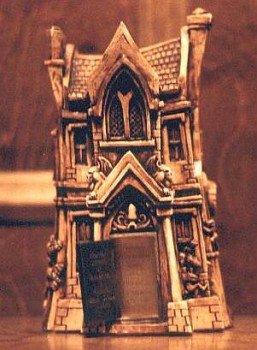
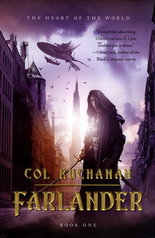
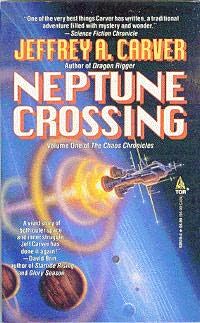 Neptune Crossing (The Chaos Chronicles, Volume 1), by Jeffrey A. Carver
Neptune Crossing (The Chaos Chronicles, Volume 1), by Jeffrey A. Carver